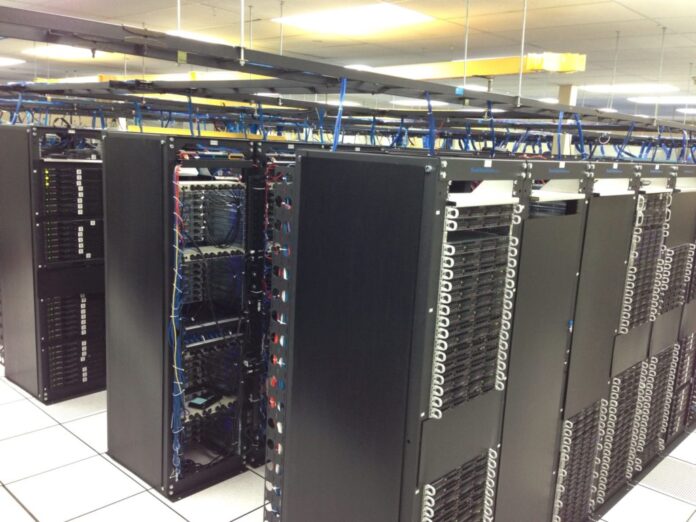Mobility and flexibility are critical success factors in the highly dynamic business world. As businesses scale and IT infrastructure grows, mobility becomes more of a necessity. For this reason, network rack mobility has become an essential feature that businesses should consider when purchasing racks.
Investing in the right casters and wheels can help you move your server racks, switches, and storage cabinets effortlessly within a data center, buildings, or between locations.
In this article, we’ll explore how to choose the right wheels and casters for your network rack.
Is Mobility Important for Network Racks?
In today’s fast-paced world, efficient and effective network operations are crucial for businesses of all sizes. As a result, Network Rack Manufacturers ensuring that your network rack is mobile is becoming increasingly important.
With a mobile network rack, you can easily and quickly move it to various locations within your organization, allowing for greater flexibility regarding where you set up your network. This mobility also enables you to quickly identify and address any potential issues with your network hardware.
Mobile network racks typically have various locking mechanisms to ensure your equipment stays in place during transport. Investing in a mobile network rack can be a game-changer for businesses looking to streamline operations and increase efficiency.
Factors to Consider While Choosing the Right Wheels for Your Network
Load Capacity
When considering the weight capacity of rack casters, always have a bit of a buffer. Should you expand your setup or add more equipment to your network rack, you don’t want to be under capacity. If your rack configuration weighs 500 pounds, get casters with a load capacity of 1000 pounds.
Tread Material
The kind of flooring you’re working with (carpeted or hard surfaces) should determine the caster you choose. For smooth or hard floors, polyurethane wheels work great. On a softer floor surface, softer rubber wheels make the most sense. Rubber (not hard plastic) won’t damage the floor or create a ton of drag. Ball-bearing wheels provide ease of movement, allowing your rack to glide loosely and easily around in tight spaces.
Swivel vs. Rigid Caster
Swivel casters are the most common type, and they provide excellent mobility. They’re best for singles or pairs of wheels that pivot together on a single axis. Rigid casters, on the other hand, don’t rotate, creating less mobility but are used when your rack setup is to prevent any side-to-side or backward motion.
Braking Mechanism
When it comes to mobility, control is everything. This is why your caster choice should incorporate a braking mechanism. Brakes come in the form of a wheel, a total lock, or a directional-lock brake. Total-lock brakes keep the wheels from rolling, while directional-lock acts as a steering mechanism. When selecting a braking mechanism, go for the kind that best suits your needs.
Budget
As always, and maybe the most important consideration, aligning cost and quality together is essential. You obviously want the best for your network rack wheels or casters, but the cost can also determine your choice. When shopping, always look for those in the middle to upper-middle price range. Investing in high-quality wheels that, above all, can have maximum load capacity, a dynamically designed tread material, and a swivel for the best motion flexibility is worth the investment.
Conclusion
The ability to move your network racks quickly and easily is essential to keep ahead of the curve in this fast-paced world. Whether you are replacing the wheels on a current rack or adding casters to a new one, there are several important factors to consider. Always check the material, load capacity, swivel vs. rigid casters, braking mechanism, and your budget, of course. These simple tips will help you choose the right wheels and casters for your network rack.















